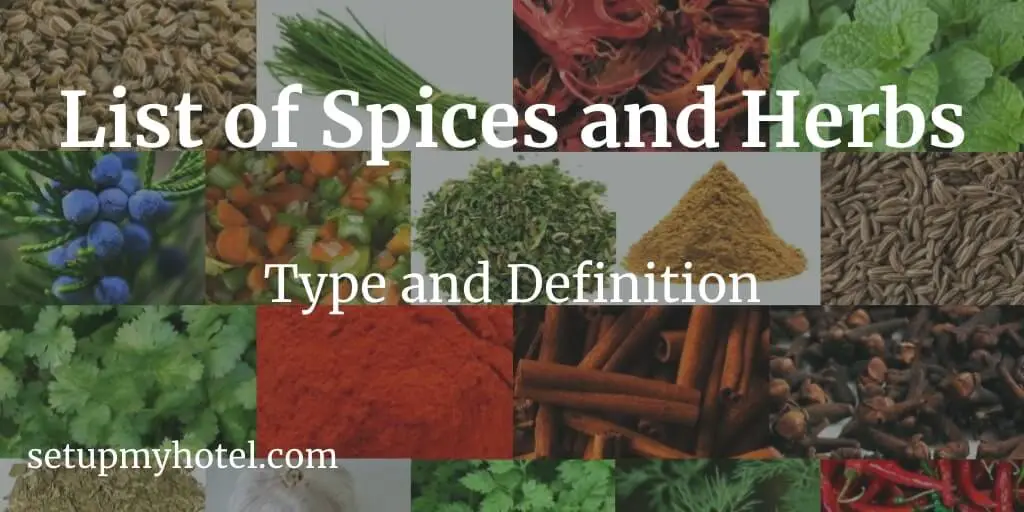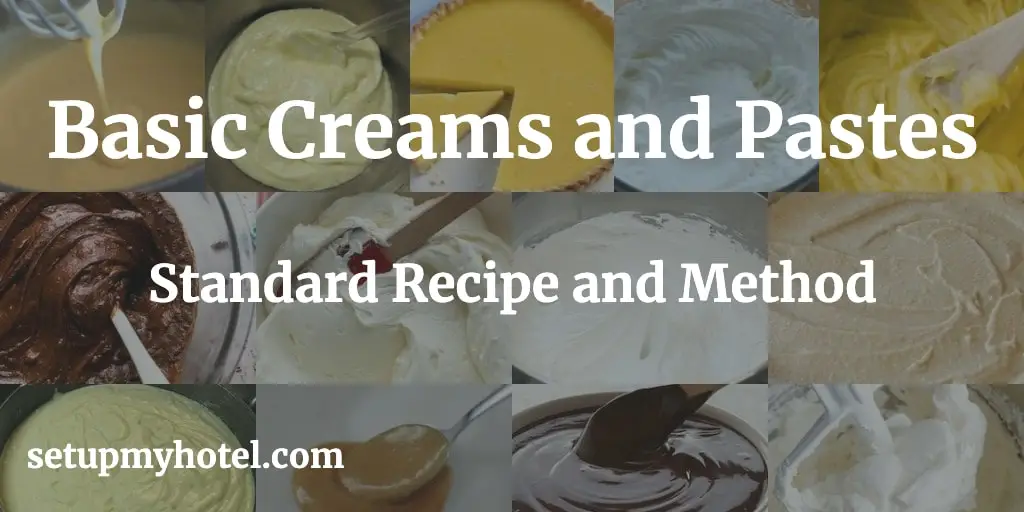Laminated Pastries Or Puff Pastries – Standard Recipe | Hotels | Chef

List of Laminated Pastries and Puff Pastries with Recipe Card Laminated dough is a culinary preparation consisting of many thin ...
Read more
Daily Tasks List / Checklist – Bell Desk – All Shifts

Executive Floor / Club Floor Shift Checklist Club Floor Morning Shift Checklist Club floor afternoon shift checklist
Read more
All About Hotel Industry

The Hotel Industry The hotel industry is a broad sector that encompasses a range of businesses involved in providing lodging ...
Read more
Methods Of Whisking, Handling And Folding Egg White And Egg Yolk

Methods of Whisking, Handling and Folding Egg White and Egg Yolk 1. How to separate egg white and egg yolk ...
Read more
9 Uses Of Egg In Cookery | Culinary | Hotel Industry

Uses of Egg in Cookery | Culinary | Kitchen and Hotel Industry Certain foods play a major role in cooking, ...
Read more
Preventing Burn While Working In Hotel Kitchen

How to prevent burn in the hotel kitchen? Understanding the transfer of heat is very important to chefs working in ...
Read more
Top 10 Rules For Safe Knife Handling – Chefs | Kitchen | Food Production

How to properly handle the knife in the hotel kitchen? The knife is considered by chefs as their most valuable ...
Read more
43 Types Of Herbs And Spices Used In Hotel Kitchen | Food Production

Types and Definitions of Herbs and Spices Used in Hotel Kitchens Spices: The term spice comes from Latin meaning ‘Fruits of the ...
Read more
Checklist For Selecting Online Booking System For Hotels

Checklist for selecting a booking System for your hotel Website An integral part of any Hotel website is its capability ...
Read more










